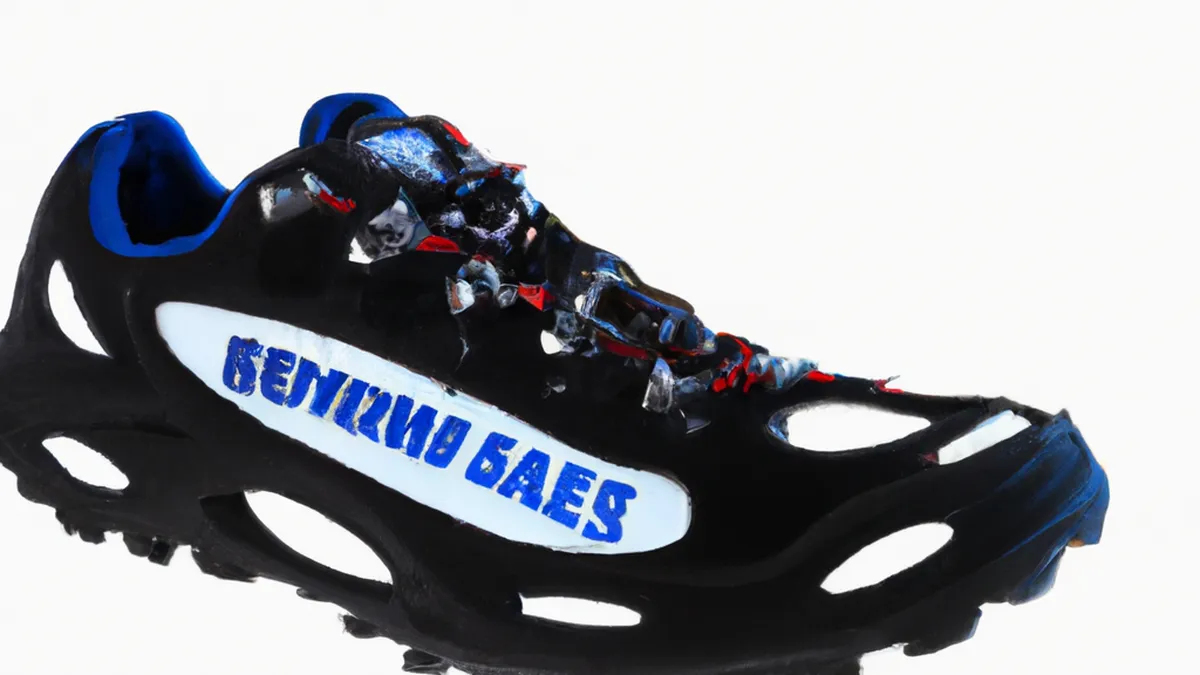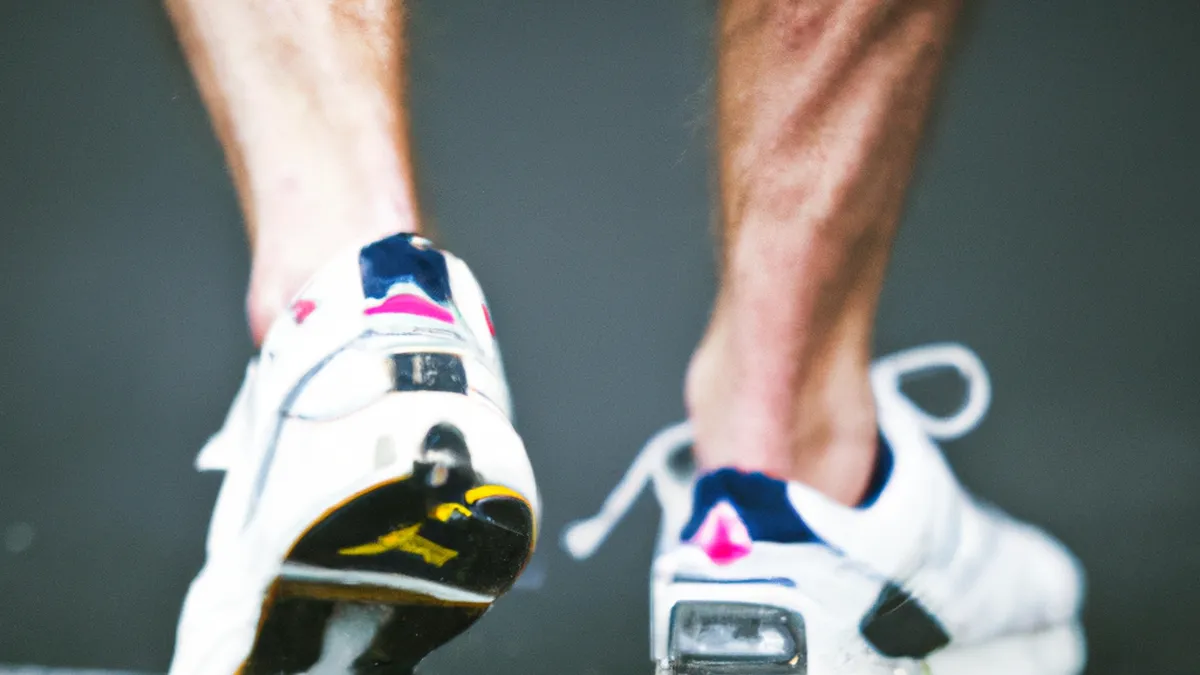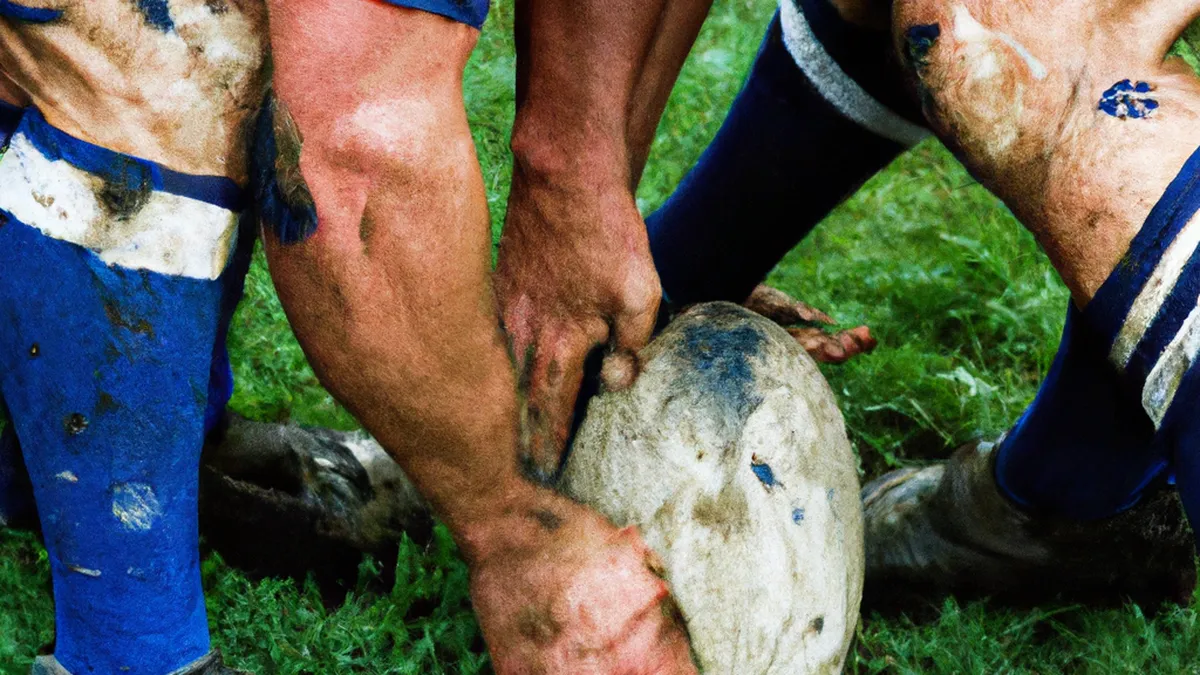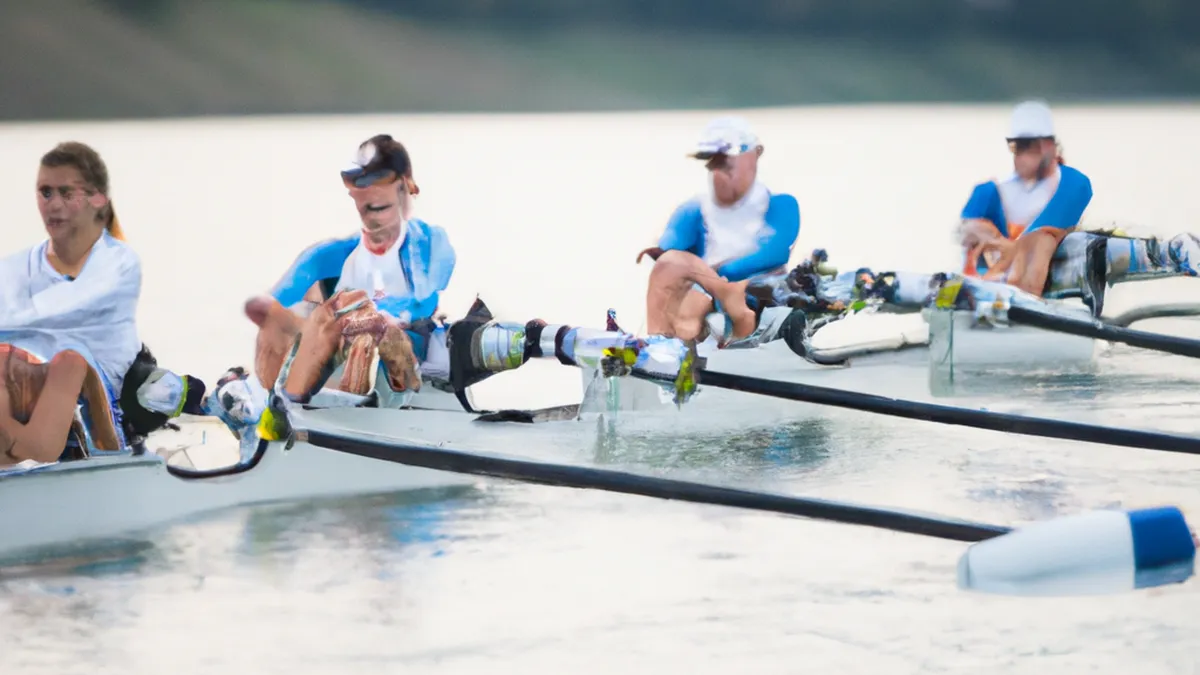Flex Your Way to Better Snowshoe Performance
Flexibility Routines for Snowshoe RunnersSnowshoe running combines running with stunning winter landscapes. It lets athletes explore terrains often inaccessible due to deep snow. This unique sport requires strong leg muscles and high flexibility. A structured flexibility routine enhances performance and prevents injuries during snowy runs. This article explores effective routines to improve your flexibility and overall running experience.
Importance of Flexibility for Snowshoe Runners
Flexibility is vital for snowshoe runners for several reasons. First, it increases your range of motion, leading to efficient strides. Flexible muscles allow easy movement adjustments. This adaptability proves essential on uneven terrain common in snowshoe running.Furthermore, flexibility reduces injury risk. Tight muscles can cause strains and sprains, especially in hamstrings, calves, and hip flexors. Prioritizing flexibility helps maintain performance while minimizing injury chances.
Target Key Muscle Groups
Snowshoe running primarily engages your legs, hips, and core. Focus your flexibility routine on these areas. Stretching these muscle groups maintains balance and stability, critical for navigating snowy trails. Here are key areas to target:- **Hamstrings**: These muscles work hard during snowshoe running. Stretching them enhances stride length and prevents injury-related tightness.- **Quadriceps**: Strong quads improve uphill performance, common in snowshoe running. Flexibility reduces tightness, leading to smoother running motion.- **Hip Flexors**: Tight hip flexors limit your range of motion and cause discomfort. Stretching them promotes smoother strides and improved efficiency.- **Calves**: Flexible calves aid shock absorption. This flexibility reduces strain on your Achilles tendon, crucial for running on uneven surfaces.
Effective Stretching Techniques
Incorporating various stretching techniques can improve your flexibility. Dynamic stretches warm you up before runs, while static stretches cool you down afterward. Here are effective techniques to integrate into your routine:
Dynamic Stretches
1. **Leg Swings**: Stand next to a wall for support. Swing one leg forward and backward. This motion warms up your hip flexors and hamstrings. Aim for 10 swings on each leg.2. **Walking Lunges**: Step forward, lower your back knee toward the ground, and keep your front knee above your ankle. This stretch targets your hamstrings and engages your quads and hip flexors. Alternate legs for 10-15 lunges.
Conclusion
As an Amazon Associate I earn from qualifying purchases.
Gear tip: consider stretching strap, yoga blocks, and mobility sliders to support this topic.
In summary, flexibility plays a crucial role in enhancing snowshoe running performance. Targeting key muscle groups through effective stretching techniques can prevent injuries and improve overall efficiency.
Below are related products based on this post:
FAQ
Why is flexibility important for snowshoe runners?
Flexibility is essential for snowshoe runners as it increases the range of motion, allowing for efficient strides. It also reduces the risk of injuries, particularly in the hamstrings, calves, and hip flexors, which are crucial for navigating uneven terrain.
What key muscle groups should snowshoe runners focus on for flexibility?
Snowshoe runners should focus on the hamstrings, quadriceps, hip flexors, and calves. Stretching these areas helps maintain balance and stability, which are vital for performance on snowy trails.
What are some effective stretching techniques for snowshoe runners?
Effective stretching techniques include dynamic stretches like leg swings and walking lunges. These exercises help warm up the muscles before running and enhance flexibility, contributing to better performance and injury prevention.















Post Comment